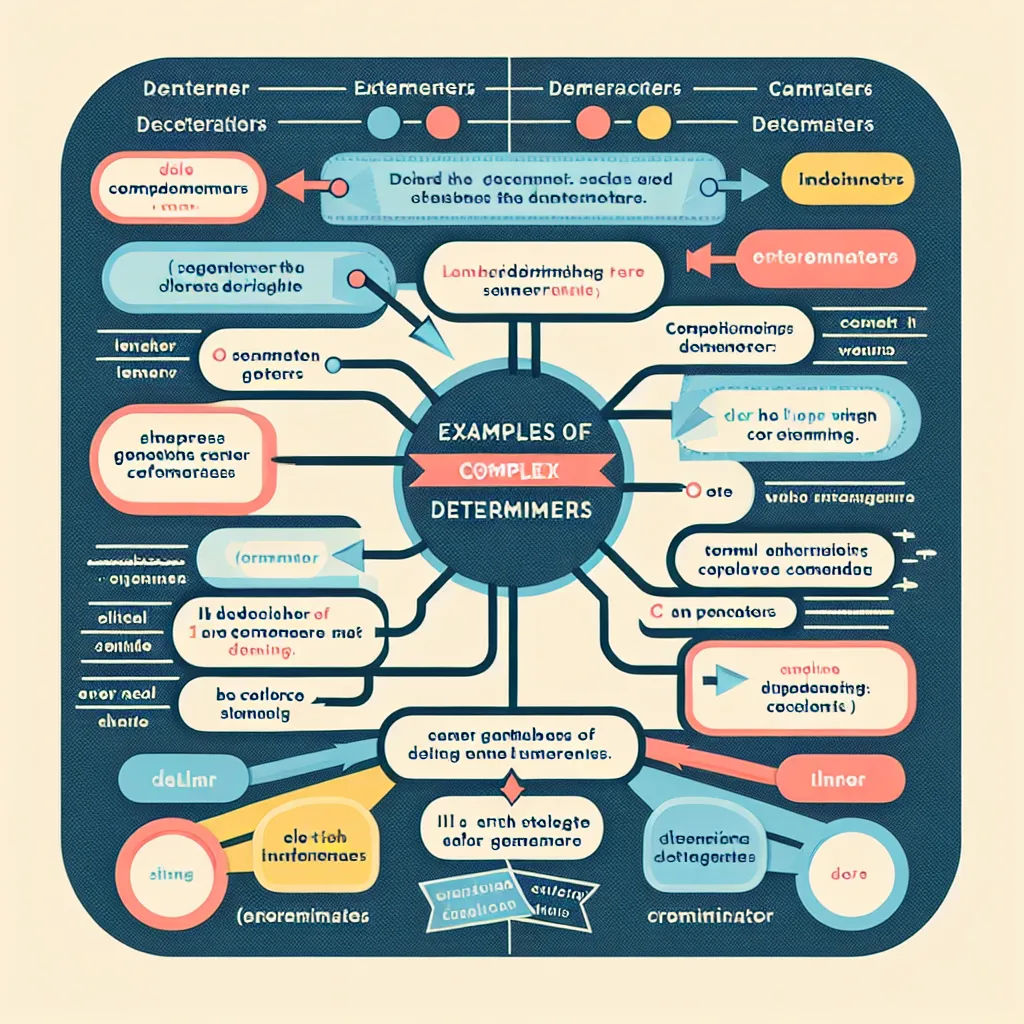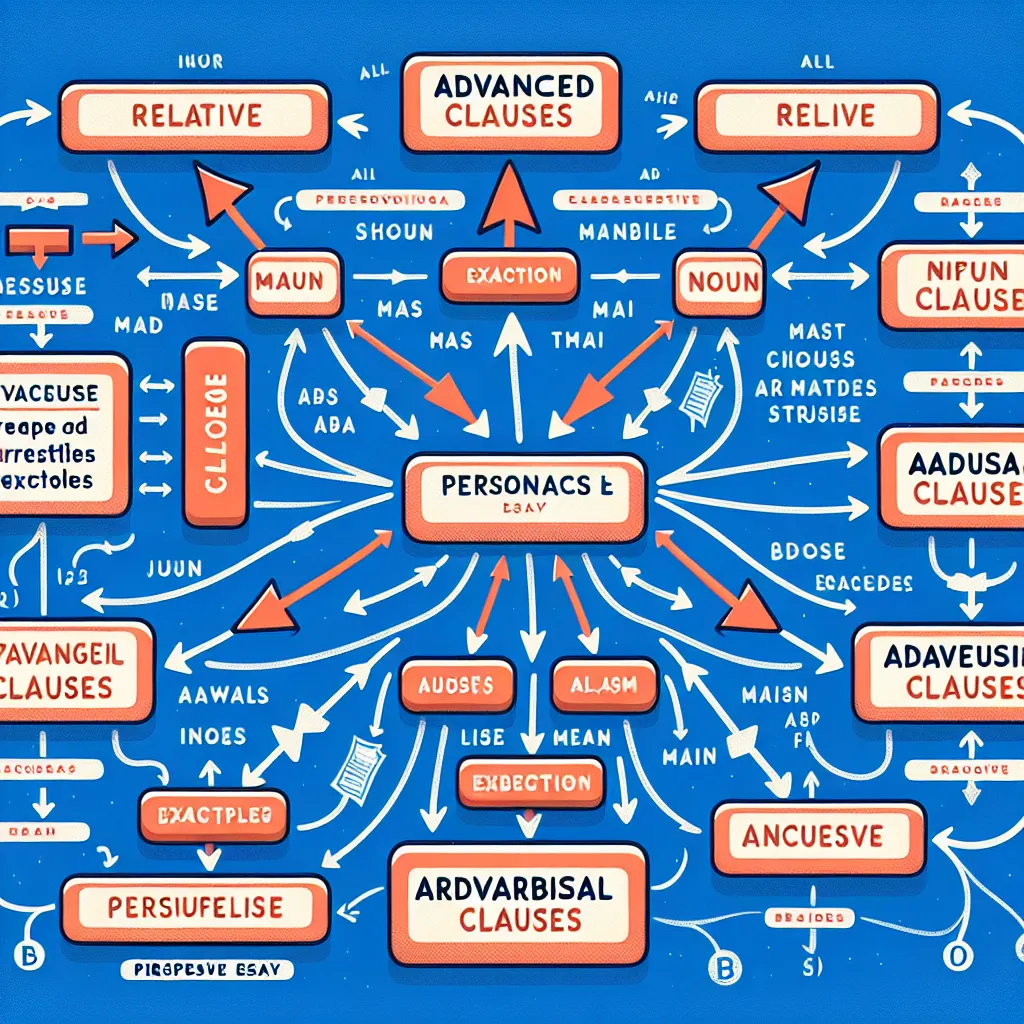Learning English grammar rules can be a challenging yet rewarding journey. Whether you’re a beginner or an advanced learner, understanding the most effective methods to master grammar is crucial for your language development. In this comprehensive guide, we’ll explore the best strategies to learn English grammar rules, providing you with practical tips and valuable insights to enhance your learning experience.
Understanding the Importance of English Grammar
English grammar forms the foundation of effective communication in the language. It’s the set of rules that govern how words are arranged to create meaningful sentences. Mastering these rules is essential for several reasons:
- Clear communication: Proper grammar helps you express your thoughts clearly and avoid misunderstandings.
- Professional advancement: Strong grammar skills can enhance your career prospects and professional image.
- Academic success: Grammar knowledge is crucial for excelling in English-language exams and academic writing.
 Importance of English Grammar
Importance of English Grammar
Now, let’s dive into the best ways to learn English grammar rules effectively.
1. Immerse Yourself in Authentic English Content
One of the most natural and enjoyable ways to absorb English grammar is through immersion in authentic content. This method allows you to see grammar rules in context, making them easier to understand and remember.
Tips for Immersion:
- Read extensively: Choose books, newspapers, and magazines that interest you. Start with simpler texts and gradually move to more complex ones.
- Watch English-language movies and TV shows: Use subtitles initially if needed, but try to focus on the spoken language.
- Listen to podcasts and radio shows: This helps improve your listening skills while exposing you to various grammatical structures.
By consistently exposing yourself to correct English usage, you’ll naturally start to internalize grammar rules.
2. Use Grammar Textbooks and Online Resources
While immersion is effective, structured learning through textbooks and online resources is equally important. These materials provide systematic explanations of grammar rules and offer targeted practice.
Recommended Resources:
- “English Grammar in Use” by Raymond Murphy: A comprehensive guide suitable for self-study.
- Grammarly: An online tool that helps identify and correct grammar errors in your writing.
- BBC Learning English: Offers free grammar lessons and exercises suitable for various levels.
Remember, the key is to combine theory with practice. After studying a rule, try to use it in your own sentences and writing.
3. Practice with Interactive Exercises and Quizzes
Engaging with interactive exercises and quizzes is an excellent way to reinforce your understanding of grammar rules. Many online platforms offer these resources, allowing you to test your knowledge and receive immediate feedback.
Recommended Platforms:
- Duolingo: Offers gamified grammar lessons and exercises.
- English Grammar Test: Provides a wide range of grammar quizzes for different proficiency levels.
- Grammar Flashcards: An effective tool for memorizing and reviewing grammar rules.
Regular practice with these tools can help solidify your understanding and highlight areas that need more attention.
4. Learn Grammar in Context
Understanding how grammar works in real-life situations is crucial. Instead of memorizing rules in isolation, focus on learning grammar in context.
Strategies for Contextual Learning:
- Analyze sentences from books or articles you’re reading.
- Pay attention to how native speakers use grammar in conversations or interviews.
- Practice writing sentences using specific grammar structures you’ve learned.
This approach helps you understand not just the rules, but also when and how to apply them effectively.
 Contextual Grammar Learning
Contextual Grammar Learning
5. Use Mnemonics and Memory Techniques
Mnemonics and other memory techniques can be powerful tools for remembering complex grammar rules.
Example Mnemonics:
- “I before E, except after C”: A classic rule for spelling words like “receive” and “achieve.”
- “FANBOYS” for coordinating conjunctions: For, And, Nor, But, Or, Yet, So.
Creating your own mnemonics can make grammar rules more memorable and easier to recall when needed.
6. Regular Writing Practice
Writing regularly is one of the most effective ways to apply and reinforce grammar rules. It allows you to actively use the structures you’ve learned in a practical context.
Writing Practice Ideas:
- Keep a daily journal in English.
- Participate in online forums or social media discussions in English.
- Write short stories or essays on topics that interest you.
- Use Advanced Grammar in Strategic Planning: This can be particularly useful for business English learners.
Don’t worry about perfection initially. Focus on applying the rules you’ve learned, and gradually work on improving your accuracy.
7. Seek Feedback and Correction
Getting feedback on your English usage is crucial for improvement. It helps you identify areas where you’re making mistakes and reinforces correct usage.
Ways to Get Feedback:
- Work with a language exchange partner or tutor.
- Use language learning apps that offer community feedback.
- Participate in English language forums where native speakers can provide corrections.
Remember, making mistakes is a natural part of the learning process. Embrace corrections as opportunities to improve.
8. Focus on One Rule at a Time
Trying to learn all grammar rules at once can be overwhelming. Instead, focus on mastering one rule or concept at a time.
Approach:
- Choose a specific grammar point to study.
- Learn the rule and its exceptions.
- Practice using it in various contexts.
- Move on to the next rule only when you feel confident with the current one.
This focused approach allows for deeper understanding and more effective retention of each grammar rule.
9. Utilize Technology for Grammar Learning
Modern technology offers numerous tools and apps designed specifically for grammar learning. These can make the process more engaging and convenient.
Recommended Tech Tools:
- Grammar apps like Grammarly or Hemingway Editor for writing assistance.
- Language learning platforms like Babbel or Rosetta Stone for structured lessons.
- Advanced Grammar for Web Content: Especially useful for those interested in digital content creation.
These tools can complement your learning, providing additional practice and instant feedback.
10. Understand the Reasons Behind the Rules
Instead of simply memorizing rules, try to understand the logic behind them. This deeper understanding will help you apply rules more effectively and remember them long-term.
Example:
When learning about the present perfect tense (e.g., “I have visited Paris”), understand that it’s used to connect past actions to the present, which explains why it’s formed with “have/has” plus the past participle.
Conclusion
Learning English grammar rules effectively requires a multi-faceted approach. By combining immersion, structured study, practice, and technology, you can create a comprehensive learning strategy that suits your needs and learning style. Remember, consistency is key. Regular practice and application of grammar rules in real-life contexts will gradually build your confidence and proficiency.
Don’t get discouraged if you find certain rules challenging. Learning Grammar Rules Faster is possible with the right techniques and mindset. Keep exploring different methods and find what works best for you. With patience and persistence, you’ll see significant improvements in your English grammar skills over time.
We encourage you to share your own experiences and tips for learning English grammar in the comments below. What methods have you found most effective? Your insights could be invaluable to other learners on their English language journey.




